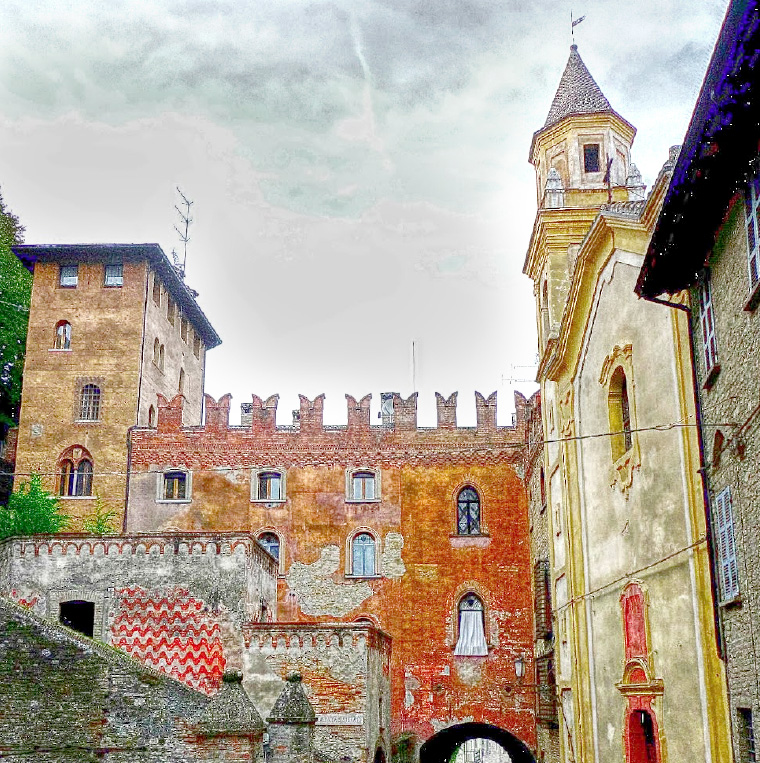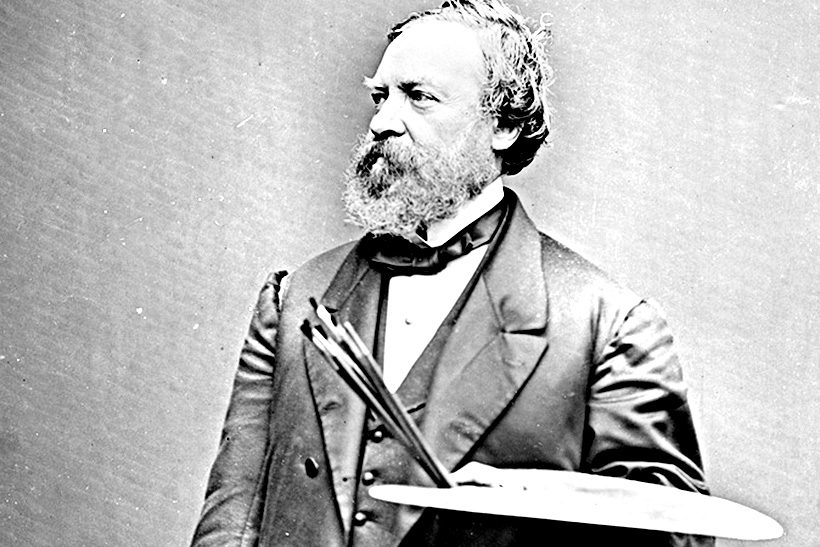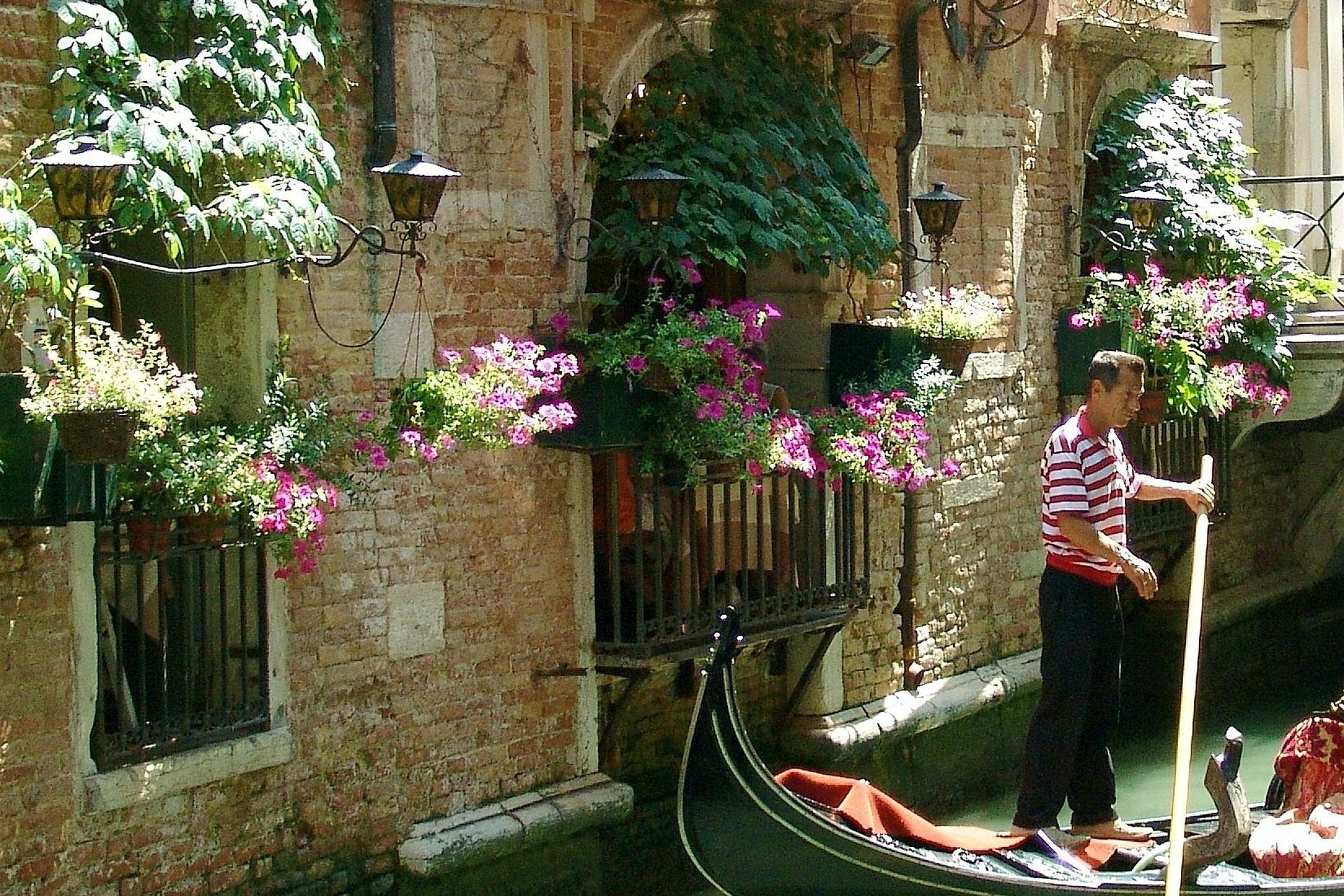History, art, cuisine, tradition: you don’t always have to head to a major tourist town to experience these classic treasures we associate with Italy. Head to one of the country’s “borghi” instead: ancient, tiny villages retaining the atmosphere of times gone by, thanks to their well-preserved historic buildings and a slower pace of life, which only contributes to their charm. As a native of Emilia-Romagna, here’s my pick for three ‘borghi’ in the region you can’t miss.
DOZZA
Surrounded by vineyards, the fortified village of Dozza lies on the border between Emilia and Romagna, approximately 40 minutes from the region’s capital, Bologna.
The entrance to the borgo is clearly marked by a massive arched wall, part of Dozza’s medieval structure, which has remained intact through the centuries.
Dozza’s most impressive sight is the imposing Rocca Sforzesca. Built in the 13th century to dominate and protect the surrounding territory, the fortress was later transformed into a palace belonging to various noble families, including the powerful Sforza. Today, it serves as a museum; you can visit the old apartments, the prisons, the torture rooms and the walkways on the towers. Perhaps the most pleasant surprise here is what you find in the basement: the Enoteca Regionale Emilia-Romagna, a beautiful wine cellar where you can choose among hundreds of labels from 260 regional wine producers.
Once you have completed your visit to the Rocca, take some time to admire Dozza’s unique feature: its colorful painted walls. Every two years in September in fact, artists from all over the world gather here for the “Biennale del Muro Dipinto”, during which they paint the walls of buildings around the village (this year, it runs September 14-20).
Top it all off with lunch at one of the local restaurants to savor tagliatelle, garganelli or tortelli filled with ricotta, grilled meats, or piadina with prosciutto and the local squacquerone cheese, accompanied by the local wines of course, such as Pignoletto and Lambrusco.
SAN LEO
“The most beautiful town in Italy? San Leo: a fortress and two churches”: that’s how Italian novelist Umberto Eco, author of the best-seller “The Name of the Rose”, has described San Leo, an ancient village in Romagna, in the south-east corner of the region, near Rimini.
Strategically positioned on a hill overlooking the Valley of Marecchia, San Leo dates back to Roman times; documents show that around the 3rd century, the Romans had built a fortress on top of the hill, the Rocca, which you can see when approaching the village (it is open for visits).
Around the same time, the Christian devotees Leone and Marino arrived from Dalmatia; they were instrumental in spreading the Christian religion in the area. Leone became the first Bishop of the newly-born Diocese of Montefeltro. San Leo reached its splendor during the Middle Ages, when the powerful dinasty of the Montefeltro made it their residence. Saint Francis in 1213 and Dante in 1306 both passed by San Leo.
Disputed by powerful families such as the Medici and the Della Rovere over the centuries, San Leo became part of the Papal State in 1631. It was then that the fortress lost its military function to become a prison. Its most famous prisoner was Cagliostro. Born in Palermo in 1743, Cagliostro quickly established himself as one of the most prominent figures in the Masonry world and became famous at courts all over Europe for his skills as an alchemist and a healer. He openly defied the Catholic Church and soon the Church responded by sentencing him to death for heresy. To be spared from the death penalty, he swore off the principles of his doctrine, and was sent to the prison of San Leo in 1790, where he died five years later.
Would you ever have guessed this off-the-radar place could present such an intriguing history?
CASTELL’ARQUATO
Overlooking the Val d’Arda in the territory known as the Duchy of Parma and Piacenza, Castell’Arquato is divided into a lower section at the foot of the hill, and a higher section, the historic one, dating to the 6th century.
Narrow streets paved in cobblestones lead up to Piazza Municipio, where the three authorities of the Middle Ages – religious, military and political – are represented respectively through the ancient buildings of the Collegiata, the Rocca, and the Palazzo del Podestà.
Make sure you go inside the Rocca Viscontea, so called because it was erected by Luchino Visconti, of the powerful House of Visconti, between 1342 and 1349. The structure is dominated by the mastio, the pivot of urban defense and the “surveillance system” of the entire Val d’Arda, with a view encompassing the Po Valley toward Milan and the foothills of the Apennines leading to the sea. In the 14th century, nothing and no-one could have escaped the gaze of those who peered toward the valley below from the top of the Rocca. Climb up to the top to admire the beautiful view.
A visit to Castell’Arquato would not be complete without tasting the excellent dishes of the local cuisine – you’re in Emilia-Romagna after all! Begin with an appetizer of chisolini, also known as torta fritta (fried dough), to be eaten with the classic coppa piacentina, salame piacentino and pancetta piacentina. Among the primi piatti, try pisarei e fasò, flour and breadcrumbs gnocchetti with beans, lard and tomato sauce, and tortelli, also known as anolini in brodo, fresh pasta with a filling of Grana Padano, egg, and breadcrumbs in broth. Wash everything down with the local wines: the red Gutturnio and the white Malvasia are simply fabulous.
Silvia Donati is a freelance journalist. She writes about her hometown of Bologna and surrounding region of Emilia-Romagna on her blog, www.bolognauncovered.com.





























